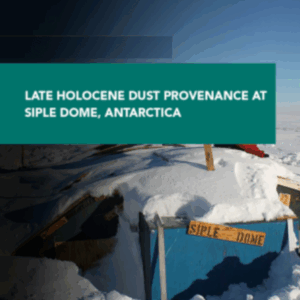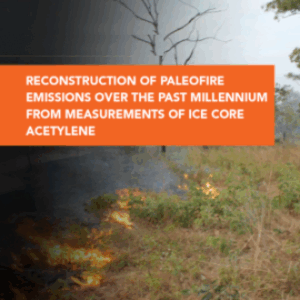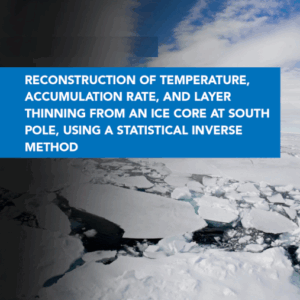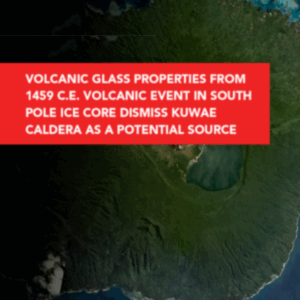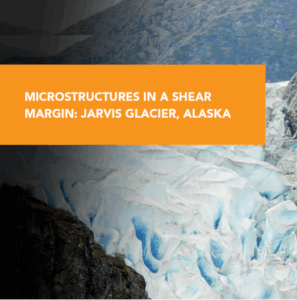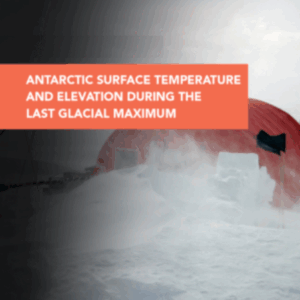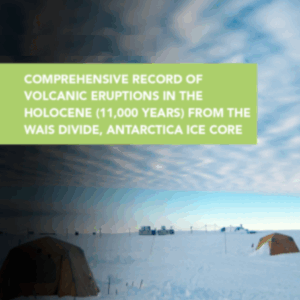Sea ice variability has a dramatic effect on regional and global conditions. Because sea ice extent has such a large summer to winter difference, seasonally specific records of past sea ice conditions are necessary to properly interpret sea ice/condition relationships. Here we present a sea salt record from the South Pole Ice Core, which represents Southern Hemisphere sea ice changes during the last 11,400 years. We use an atmospheric chemistry model to show that wintertime sea salt in the South Pole Ice Core comes mostly from salty snow originating from sea ice. Wintertime sea ice variations are responsible for most of the long-term variability in the South Pole sea salt record. Ice core data across Antarctica show increasing sea salt concentrations since 11,400 years ago, representing cooling and sea ice expansion, particularly between 8,000-10,000 years ago. Between 5,000 and 6,000 years ago, a drop in sea salt indicates an abrupt reduction in sea ice cover in the South Atlantic. Interestingly, paleoclimate data suggest that sea ice was more extensive in the North Atlantic at this time, indicating a linked and opposing sea ice signal in the North and South Atlantic most likely due to changing ocean circulation.


